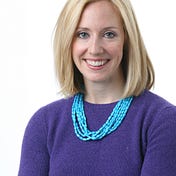Louise Story

Louise Story
Journalism leader with a background in product, technology, investigative reporting and masthead-level editing.These columns largely focus on news & technology.

Journalism leader with a background in product, technology, investigative reporting and masthead-level editing.These columns largely focus on news & technology.